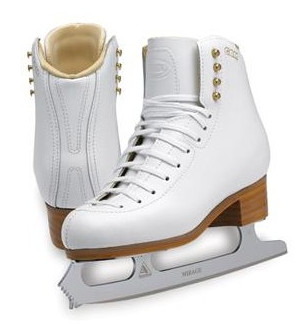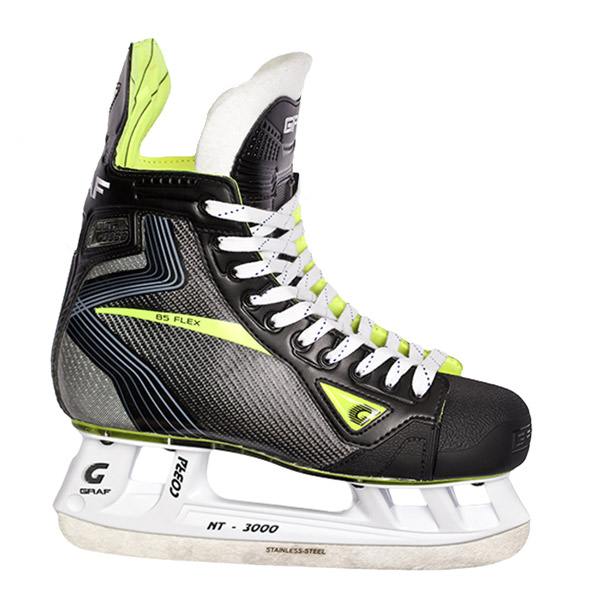 |
|||||||||||||||
|
|
|
|
|
||||||||||||
 |
 |
 |
|||||||||||||
A Treatise on Skating (1772) by Robert Jones, an Englishman, is apparently the first account of figure skating. The sport had a cramped and formal style until American Jackson Haines introduced his free and expressive techniques based on dance movement in the mid-1860s. Although popular in Europe, Haines’s style (called the International style) did not catch on in the United States until long after he had died at the age of 35. In the early 20th century, |
|||||||||||||||

Hi, my name is Mike Reed and I have been doing skate repairs and sharpening since 2003. |
|||||||||||||||
Americans Irving Brokaw and George H. Browne helped formalize the style created by Haines by demonstrating it to American audiences. Brokaw, the first American to represent the country at international competitions, participated in the 1908 Olympics, where he finished sixth. Browne, who organized the first U.S. championships in 1914 for men, women, and pairs, wrote two important books on skating and was involved in the establishment of a national skating organization. Canadian Louis Rubenstein, a former student of Jackson Haines, was also instrumental in the development of figure skating. He led the effort to formalize competitions and tests by establishing governing bodies for skating in the United States and Canada. He helped organize the Amateur Skating Association of Canada (now called Skate Canada) and the National Amateur Skating Association of the United States. The latter organization and the International Skating Union of America (founded in 1914), which had American and Canadian members, were the predecessors of the United States Figure Skating Association (USFSA), founded in 1921. Established with only seven skating clubs across the nation, by the 21st century it oversaw more than 400 clubs with some 100,000 members. |
|||||||||||||||
 |
|||||||||||||||
|
The next time you are sitting in the locker room lacing up your hockey skates, take a moment to consider that the modern combination of composite, plastic, and steel that propels you around the ice represents the end result of more than 5,000 years of evolution, experimentation, and technical advances. Humans desire to move across ice is ancient: The earliest ice skates appeared in northern Europe during the Bronze Age, at about the same time humankind was discovering the written word, and centuries before the pyramids of Egypt were built. |
|||||||||||||||
|
|||||||||||||||
| Copyright © 2003 - 2023 | Home Utilities Services Contact Us | ||||||||||||||